On an unexpectedly sunny and warm afternoon in May, Aziliz Le Rouzo, an agroecology researcher at SEI and I arrived at Alnarp’s agroecology farm, after a long and sweaty walk from the nearest train station. When we got to the farm, tucked between old buildings and greenery, it was like entering a place of calm and serenity. We were greeted by Mariana Forero, a law graduate from Colombia who joined the farm as an active volunteer for two years. She recently got employed there, and nowadays, she spends her days working on the farm, playing a pivotal role in keeping the business alive and flourishing.
Alnarp’s farm: where agroecology acts as a catalyst for community building
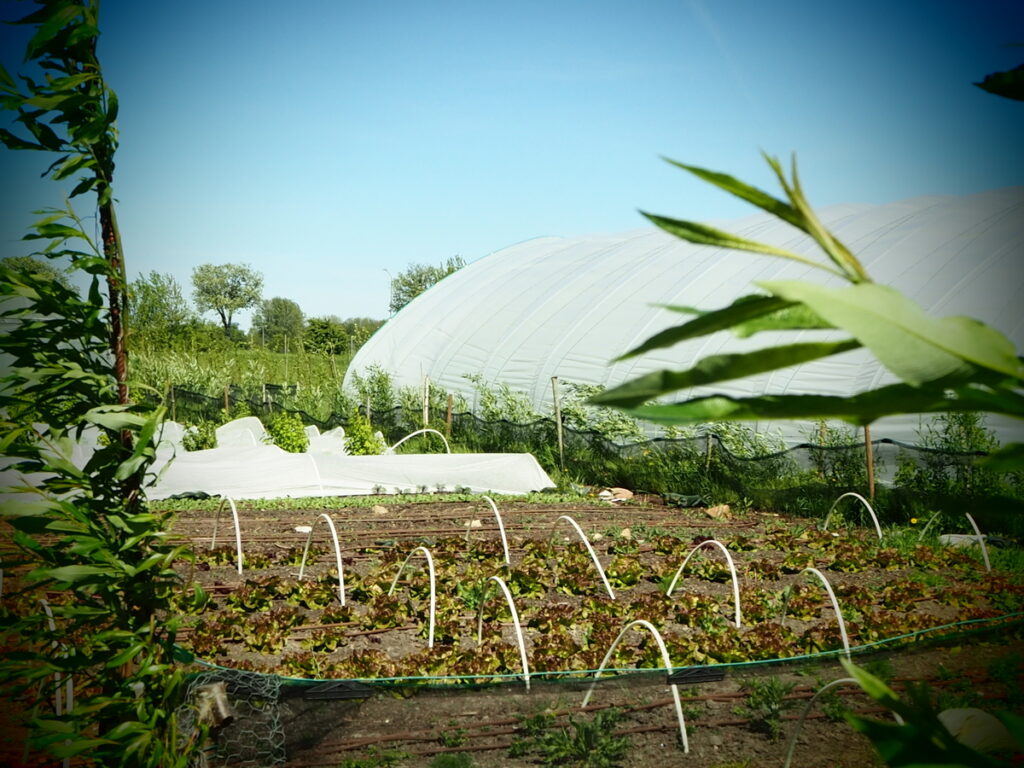
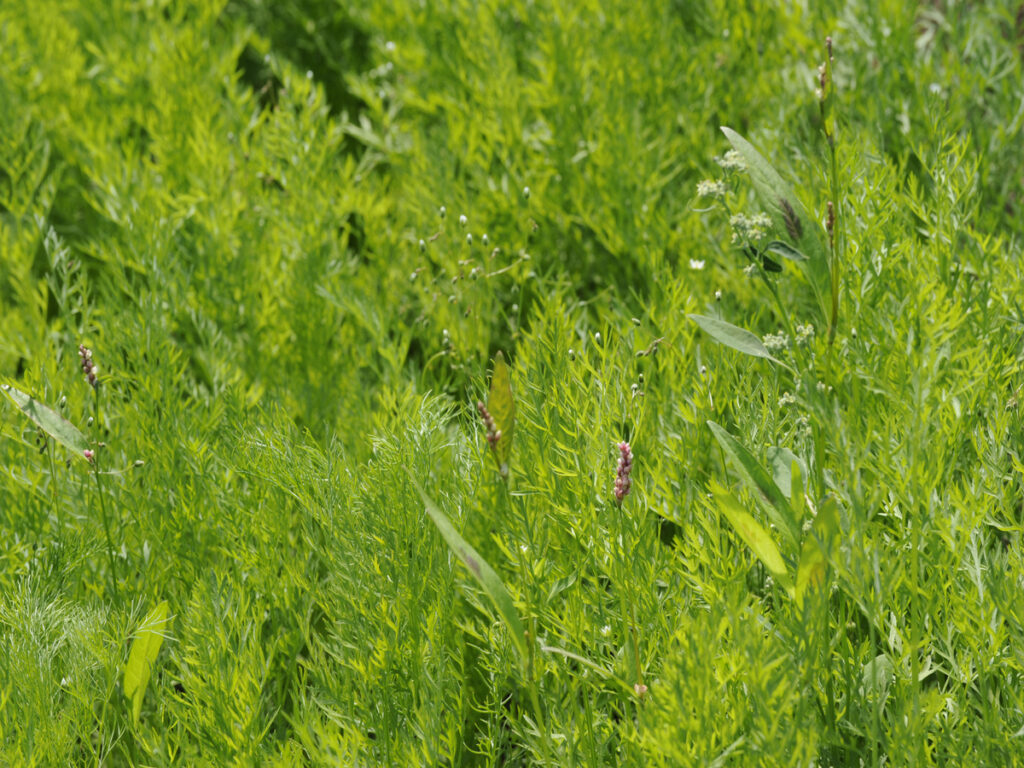
From roots to riches: the birth of Alnarp’s agroecology farm
While we were waiting for another farm worker, Mariana started telling us the interesting story of how and why the farm was created in the first place. It all started in 2021, when a group of agroecology students at SLU Alnarp felt they needed space for practical applications of what they were learning. The farm could be built with grant funding and support from fellow students and faculty members. Today, three years later, the farm has grown bigger and keeps expanding in harmony with the agroecology approach and its principles.
Alnarp’s farm is not only a place where agroecological practices are used, but it also provides a space for connecting with the surrounding community. This is done by CSA (Community Supported Agriculture) subscriptions, hosting and participating in events as well as welcoming visitors and volunteers to the farm. CSA facilitates a space for consumers and producers to exchange with fair prices and transparency. The farm workers have also decided to implement solidarity shares, meaning that students and people with less economic resources can subscribe for cheaper, which other subscribers make up for by paying a bit more. This opens the farm to the locals, allowing those interested in agroecology and sustainable food systems to get involved, and underlines the broader dimensions of agroecology, at field, farm and food systems levels.
After a short while, we were joined by another farm worker, Niall O’Brien-Gregg from New York, who studies forestry and landscape at SLU. This made me wonder – what brings two young people from the opposite side of the world to a small village in the south of Sweden? After getting a tour of the farm and all its crops and innovative solutions, I could sense an answer to this question — a profound passion for sustainable farming and the belief that agroecology can shift food production for the better. Mariana and Niall prioritise the lifestyle and environment for learning and practising over location.
Following the farm tour and tasting of some of the crops, we sat down for an interview, exploring the dimensions of agroecology present at the farm. An exciting and important feature they promote at the farm is the opportunity for SLU students to conduct empirical research for their theses. This relates to the 8th principle of agroecology, which supports the co-creation of knowledge. This fosters an open environment, where everyone can learn and contribute to the agroecology farm. Due to the farm’s location, the farm workers have implemented some creative techniques for resilience, relating to principles one and five. These include brewing nettle tea as a fertiliser, using dead hedges as windbreaks and biodiversity patches and planting basil and tomatoes as companions to attain the benefits of intercropping.
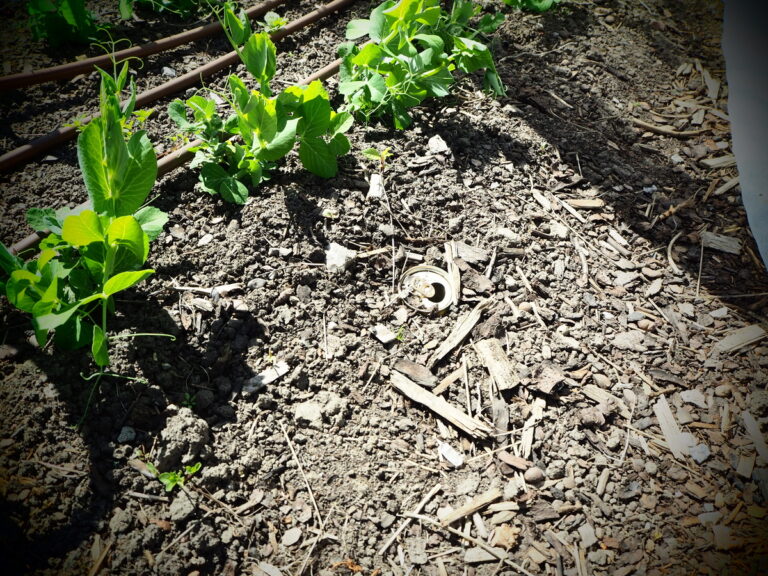
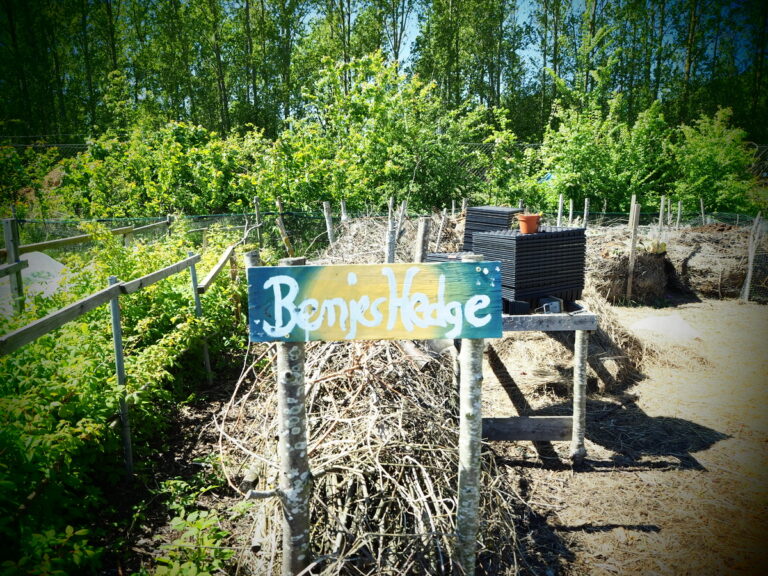
Agroecology and its regenerative possibilities
The following day at 10 o’clock, “Loftet” at Alnarp Campus was filled with curious participants waiting for a day of learning and connecting at the yearly Agroecology Day event. This year’s theme was “Agroecology and Regeneration: synergies, practices, and implementation” and it featured discussion and presentations by three keynote speakers: Charles van de Kerkhof, Clara Nicholls, and Anders Højlund Andersen, who all have their unique experience working with agroecology.
Charles van de Kerkhof kicked off the day by introducing his work in the realm of agroecology, in the shape of his regenerative tourism company Fjällgås and as manager of the VentureLab@SLU, which promotes entrepreneurship among the students at SLU.
One of the highlights of the Agroecology Day event was the lunch and fika, baked by Tomás Carlo who runs Amapola, an organic, local micro-bakery, focusing on serving the students sourdough-based pastries and bread at Campus Alnarp. The focaccia served for lunch was something out of the ordinary, with freshly baked delicious bread and greens sourced from the Alnarp farm. The story behind why Tomás started this bakery is more than his interest in baking. In fact, Alnarp used to be a food desert before he established Amapola, which is a paradox considering that SLU Alnarp is an agricultural university with a large focus on food-related topics.
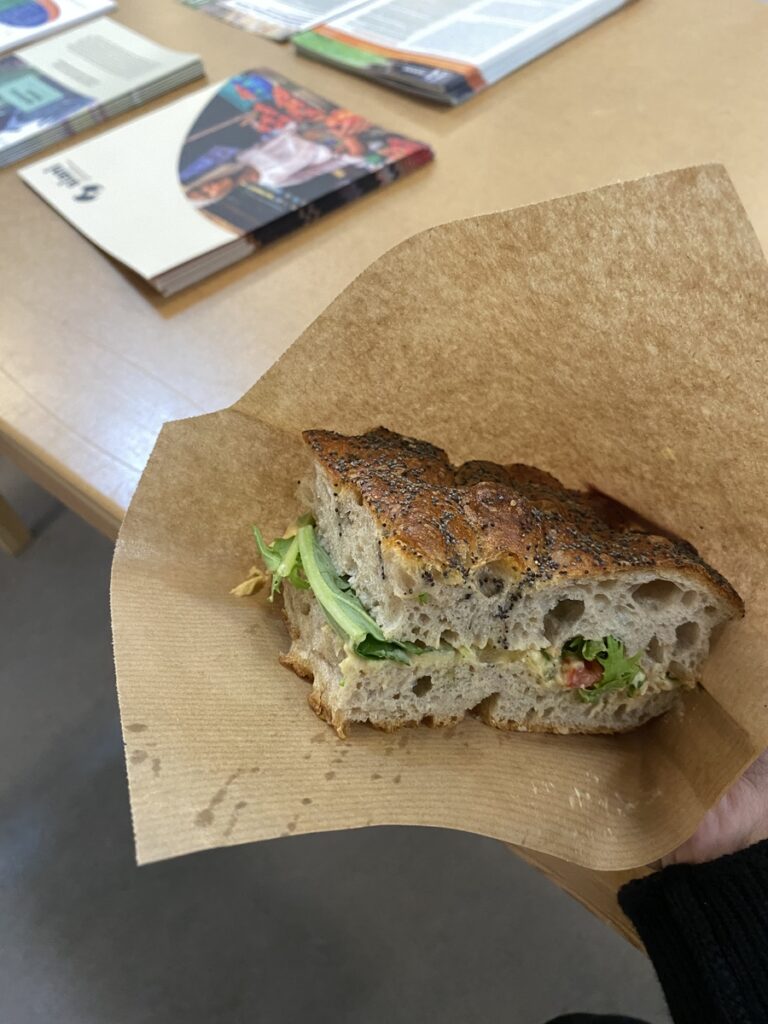
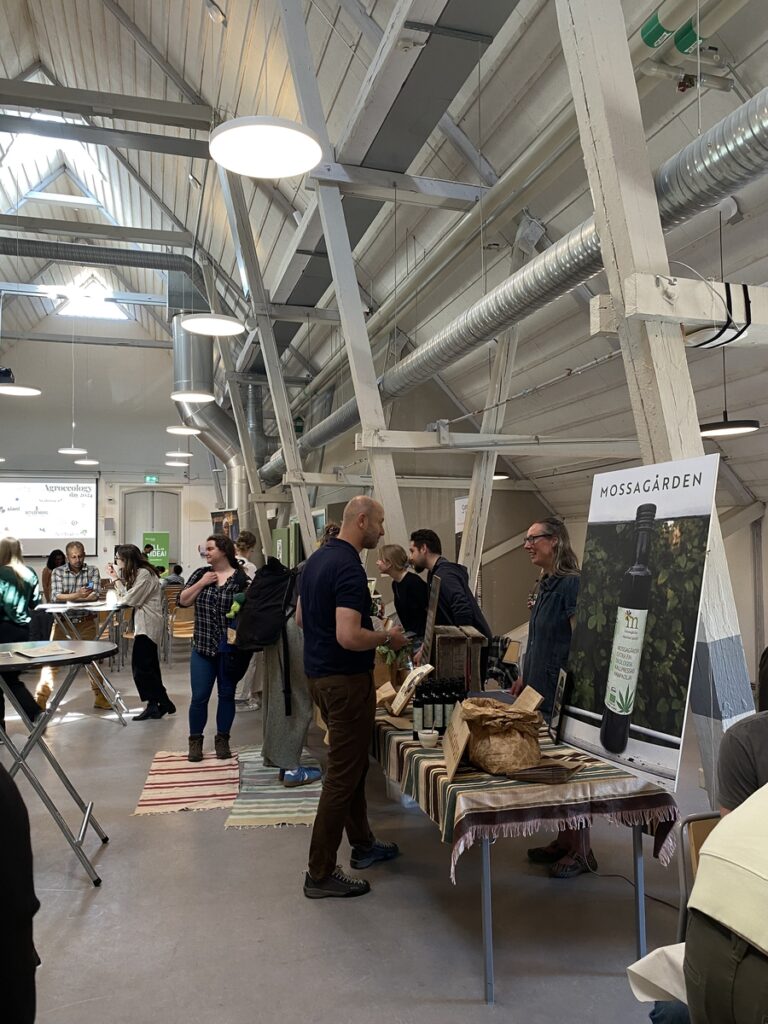
Regenerative farmer Anders Højlund Andersen talked about the Arkaia funded project Øm Klostergaard, a 100-hectare farm in Denmark that focuses on agriculture regenerative to tackle the climate crisis. The farm has implemented or seeks to implement agroforestry, ploughless cultivation, polycultures, intercropping, and the use of biochar to grow crops. Anders also introduced the unique cooperative model Andelsgaarde. For 150 DKK per month, people can come to participate at farms around Denmark, fostering learning and community. Anders explained that this subscription is an alternative to many people’s gym membership. For the same amount of money, you can develop your farming skills, contribute to sustainable agriculture, as well as be part of a new community.
Rounding the day, Clara Nicholls, a renowned professor at UC Berkeley and part-time farmer, joined online to share her research and international perspectives on regenerative farming from all over the world. She highlighted the importance of agrobiological diversity and preserving indigenous knowledge and crops, which act as essential seeds and methods in building resilience for a changing climate.
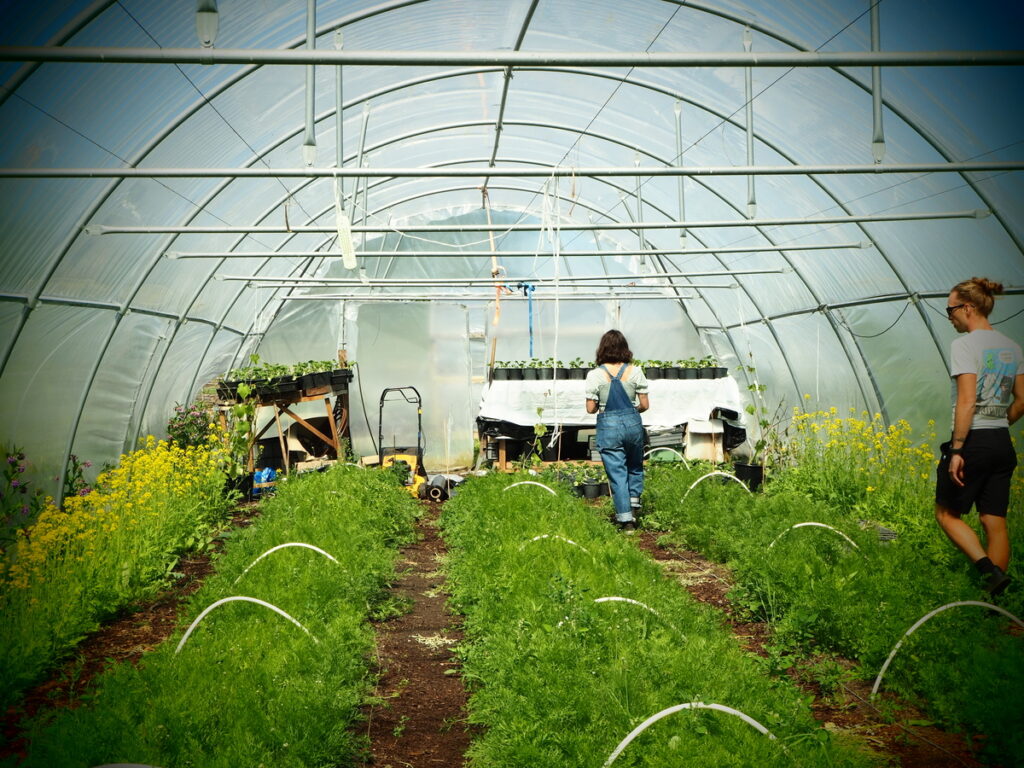
After two days filled with new knowledge and firsthand experiences of agroecological practices, we feel inspired and hopeful that the students, farm workers and agro-entrepreneurs will change how our current broken food system can be reformed into a more sustainable and regenerative one; with the help of agroecological practices.